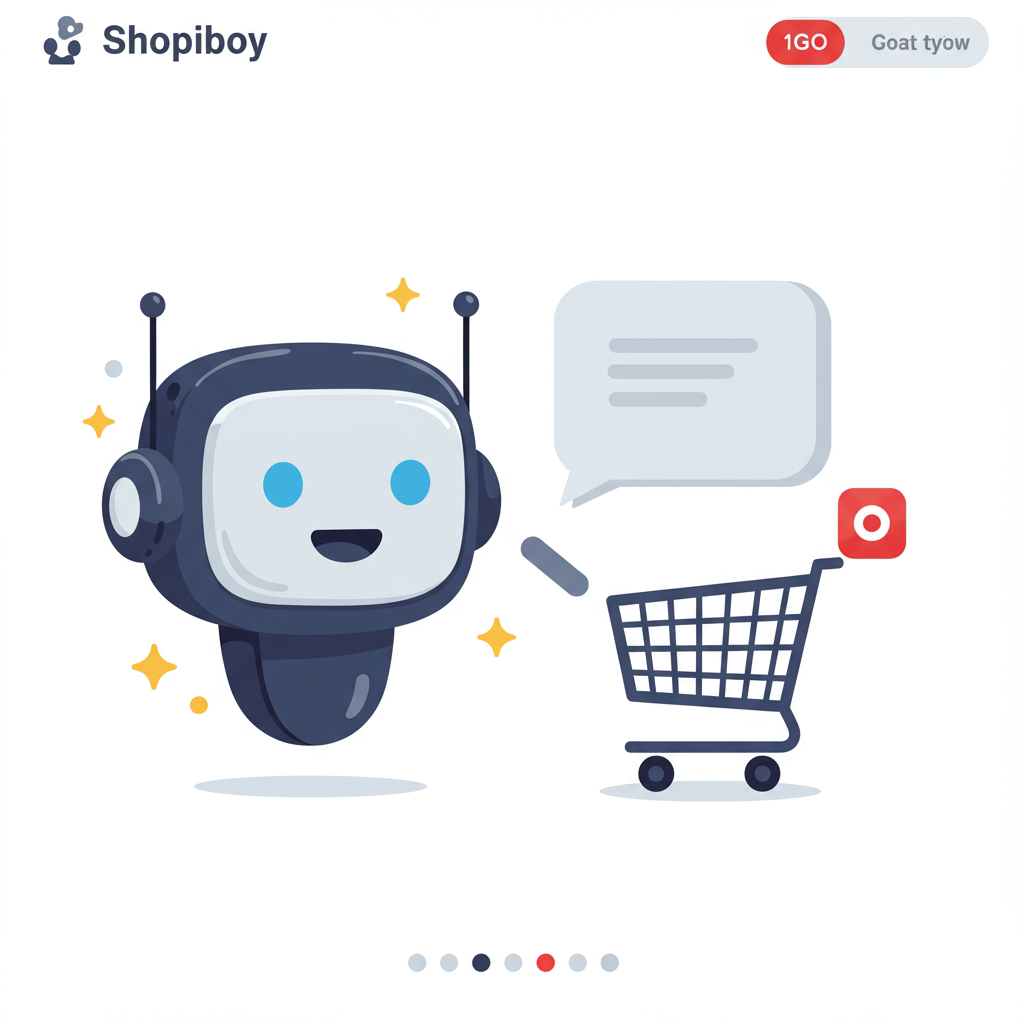Discover how integrating chatbots transformed my Shopify store’s customer support, boosting efficiency and satisfaction.
As a Shopify merchant, I know the grind. Fulfilling orders, marketing, product development… it’s a lot. But nothing consumed more time and energy than customer service.
Repetitive questions about order status, shipping, returns – they piled up. My team was swamped, and I often found myself answering the same queries late into the night.
I realized this wasn’t sustainable. My business couldn’t scale if I was constantly bogged down by manual support. I needed a solution that worked 24/7, without burning out my team.
That’s when I started seriously looking into automating customer service, and chatbots emerged as the clear frontrunner.
For those unfamiliar, a chatbot is essentially a computer program designed to simulate human conversation, either through text or voice.
They range from simple rule-based bots that follow predefined scripts to sophisticated AI-powered bots that understand natural language and learn over time.
In e-commerce, they’re a game-changer. They can handle a vast array of customer inquiries instantly, freeing up human agents for more complex issues.
One of the most immediate benefits I experienced was round-the-clock availability. Customers no longer had to wait for business hours to get answers.
This led directly to instant responses, which significantly improved customer satisfaction. No more waiting on hold or for email replies.
My team’s workload dramatically decreased. They could focus on proactive outreach, complex problem-solving, and building stronger customer relationships.
Over time, this translated into tangible cost savings. I didn’t need to hire as many support staff to handle the growing volume of inquiries.
As my business grew, the chatbot scaled effortlessly with it. It could handle hundreds, even thousands, of simultaneous conversations without breaking a sweat.
Beyond just answering questions, chatbots collect valuable data. I gained insights into common customer pain points and frequently asked questions, which helped me refine my product descriptions and FAQ pages.
Some advanced bots can even recommend products based on customer queries or browsing history, turning support interactions into sales opportunities.
The beauty of modern chatbots is their seamless integration with platforms like Shopify. Many dedicated Shopify apps exist, or you can use platforms with robust APIs.
This integration allows the chatbot to access crucial customer and order data directly from your Shopify store, enabling it to provide personalized responses.
Think about it: ‘Where’s my order?’, ‘What’s your return policy?’, ‘Do you have this in another color?’ – these are perfect for a chatbot.
When I decided to implement one, the first step was choosing the right platform. I looked for strong Shopify integration, natural language processing (NLP) capabilities, and customization options.
Analytics, live chat handover, and ease of use were also high on my list. There are many options out there, from Shopify Inbox to more specialized solutions like Gorgias or Tidio.
My process began by clearly defining what I wanted the chatbot to achieve. Was it just FAQs, or did I want it to handle returns too?
Next, I meticulously mapped out all common customer queries and their ideal answers. This was crucial for building effective conversation flows.
I then designed the conversation flows, anticipating different customer paths and ensuring a smooth, logical progression.
After selecting a platform, I integrated it with my Shopify store, which was surprisingly straightforward thanks to the app ecosystem.
For the AI-powered aspects, I spent time training the bot with various phrasings of common questions. Then came rigorous testing – I put myself in the customer’s shoes.
Once I was confident, I launched it. But the work didn’t stop there. I continuously monitored conversations, identified areas for improvement, and refined the bot’s responses.
A key lesson I learned was to keep the chatbot’s tone friendly and helpful, almost human-like, using emojis where appropriate.
Always provide a clear and easy path to a human agent for complex or sensitive issues. The chatbot is there to assist, not replace, human interaction entirely.
Be transparent about its capabilities. It’s better to under-promise and over-deliver than frustrate customers with a bot that can’t handle their query.
Of course, it wasn’t without challenges. Initial setup can be time-consuming, and some complex issues still require human intervention.
There’s also the risk of it feeling impersonal if not designed with care. It’s a tool, and like any tool, its effectiveness depends on how well it’s wielded.
Since implementing our chatbot, our average response time has plummeted from hours to seconds. We’ve seen a 40% reduction in routine support tickets, freeing up our team significantly.
More importantly, our customer satisfaction scores related to support have noticeably improved, as customers appreciate the instant assistance.
I believe the future of e-commerce customer service is deeply intertwined with AI and chatbots. They’ll become even more sophisticated, proactive, and personalized.
If you’re a Shopify merchant struggling with customer service volume, I strongly encourage you to explore the world of chatbots. It’s an investment that truly pays off.
What are your thoughts on automating customer service with chatbots? Have you tried it in your Shopify store, or are you considering it? I’d love to hear your perspective!






